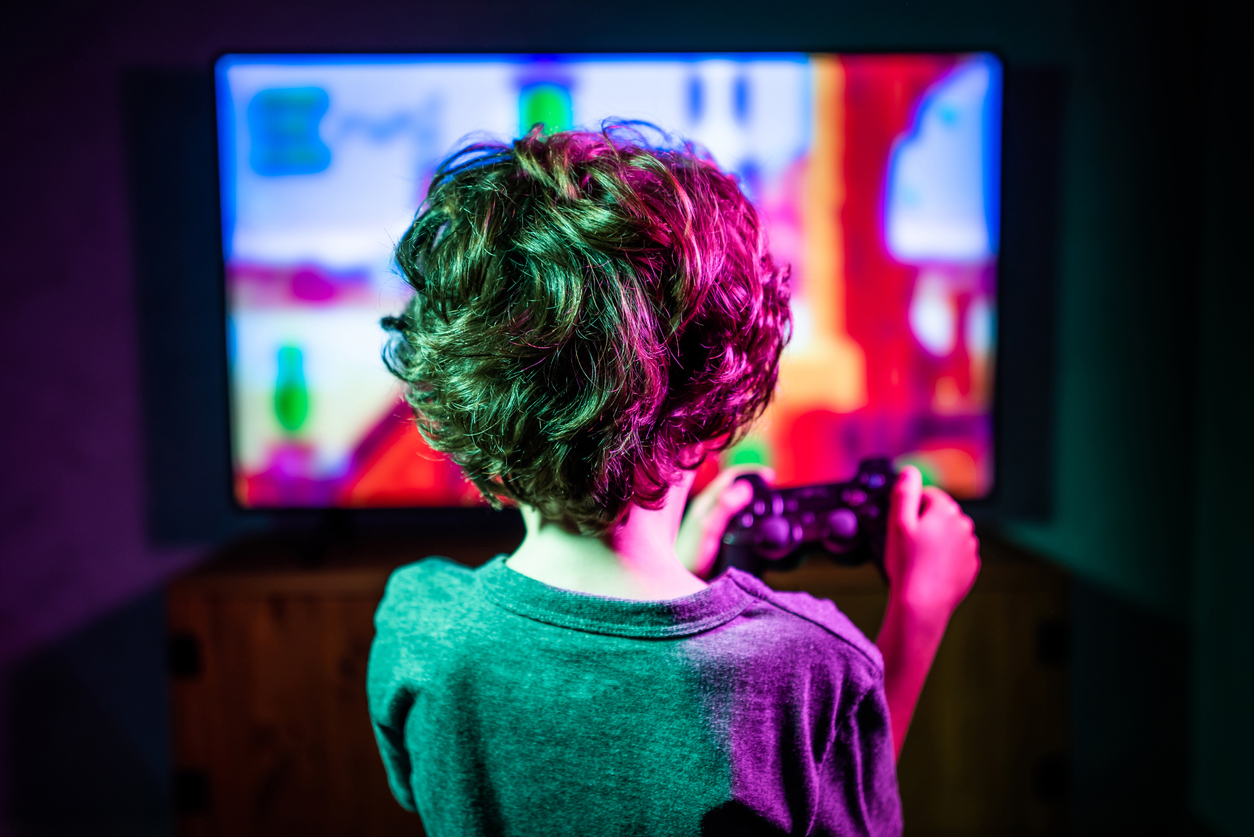
Picture this: your darling child is spending hours staring at their phone day after day, snapping pictures with their tongue out, or their friends. Sure, this is fascinating videography, but why on earth are your children spending their allotted screen time in this crazy way? If you ask them, you may receive a quickly growled “I’m keeping up my Snapchat streaks, geesh” — usually accompanied by an eye roll. What is this social media phenomenon that’s pulling kids into a cycle of addiction?
What Are Snapchat Streaks
Not too long ago, Instagram likes were the order of the day. Today’s parents have something else to deal with when it comes to privacy and their family: Snapchat streaks. If you’re clueless about what this means, don’t feel bad! Teens seem particularly addicted to keeping their Snap streaks alive; a months-long streak is a key bragging right in their arsenal. You begin a “streak” when you send a direct snap to each other for multiple days without missing a day. Snapchat is definitely on the streak bandwagon. With streaks lasting longer than 100 days, Snapchat rewards you and your streak partner with special emojis.
For kids and teens, streaks are a way of proving your commitment to
Keeping Streaks Alive
There’s no “do over” for a broken streak — it’s simply broken — which leads some people to hand their password out to friends to keep their streaks alive if the kid will not have access to their phone. Whether that’s due to losing their phone as a punishment from parents or due to a trip outside the country, the result is the same: someone else has access to your name and personal information and is being given express permission to impersonate you on Snapchat. Children don’t really think about it in this way, but that’s a great deal of power that you’re handing over to someone. The current longest Snap streak is over 1,200 days, or a blistering 171 weeks.
This level of friendship is clearly something that requires a commitment on both sides, but whether that level is healthy or the catalyst for a dangerous compulsion is an open question. Most parents want their children to focus on streaks like the number of consecutive days they turn in their homework on time or the number of meals in a row at which they eat vegetables. Commitments require thought and energy; committing to a Snapchat streak is, at best, banal entertainment that provides yet another reason for your children to stare at their phones. At worst, who knows?
Snapchat is not the only social media app looking for gimmicky ways to drive engagement. Instagram and Facebook live stories are real-time ways to add video and audio excitement. Indeed, the constantly-scrolling list of conversations is difficult for people of all ages to put down. Unfortunately, it’s becoming increasingly difficult to shield your children from unsavory influencers on various social media platforms. The best option is always to maintain the lines of communication — and encourage children and teens to limit the amount of screen time every day.







